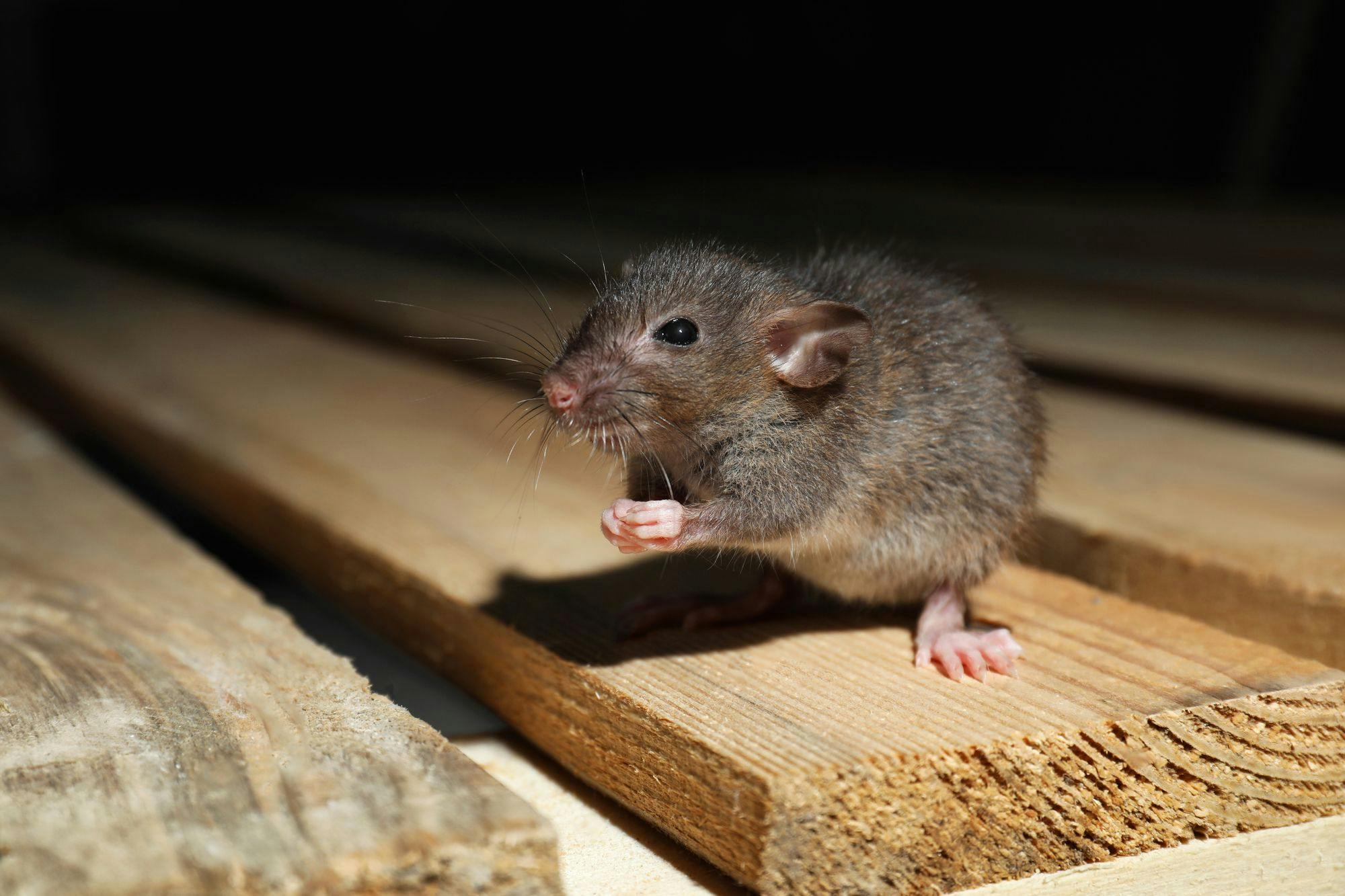Empire's Strategy for Successful Rodent Control
8/4/2023

Overview
Guard against rodent infestations with Empire Lawn & Pest Control. Learn signs of infestation and effective prevention, control, and extermination techniques.
Discovering a rodent infestation can be alarming. These unwelcome guests not only cause substantial damage but can also spread disease. This comprehensive guide dives deep into Empire Lawn & Pest Control's expert strategies for preventing, managing, and eradicating rodent infestations effectively and sustainably.
Understanding Rodent Infestations
Defining Rodent Infestations
A rodent infestation involves a stable presence of rats, mice, or other rodents in human environments. These creatures are drawn to environments that provide food, water, and shelter, and can breed rapidly under favorable conditions.
Signs of Infestation
Recognizing the signs of a rodent infestation is the first step towards effective control. These signs include droppings, gnaw marks, nests in secluded areas, unexplained noises within walls or ceilings, and unusual pet behavior. If you notice any of these signs, it's critical to contact a professional pest control service.
Why are Rodents a Problem?
Rodents can pose significant health risks by transmitting diseases like Hantavirus, Salmonella, Leptospirosis, and Rat-Bite Fever. Besides health risks, they can cause extensive property damage. Rodents have been known to gnaw through structures, wiring, insulation, and personal belongings.
Strategies for Rodent Control
Prevention
The old adage "Prevention is better than cure" rings true with pest control. To prevent a rodent infestation, it is essential to limit their access to food and water, seal potential entry points, and maintain cleanliness. Regular inspections by a pest control service like Empire Lawn & Pest Control can also help nip any infestations in the bud.
Treatment
When an infestation is detected, immediate treatment is necessary. Our trained professionals employ a combination of strategies, including trapping and baiting. In some cases, the use of rodenticides may be necessary to fully eliminate the infestation.
Post-treatment Measures
After the infestation is eliminated, post-treatment measures are essential. This includes thorough cleaning and disinfecting of the infested areas, identifying potential re-entry points and sealing them, and regularly monitoring the premises to ensure the infestation does not recur.
Empire Lawn & Pest Control: Your Ally in Rodent Control
Our Expertise
With an extensive background in pest control, Empire Lawn & Pest Control offers effective solutions to combat rodent infestations. Our trained professionals accurately identify the source of the problem and execute the best strategy for rodent control.
Environmentally Conscious Approach
We strive to uphold our commitment to the environment by employing methods that are as safe as possible for humans, pets, and non-target wildlife while being effective against rodents.
Comprehensive Services
From proactive prevention to targeted extermination and diligent post-treatment measures, Empire Lawn & Pest Control provides a comprehensive solution to ensure your property remains rodent-free long term.
Rodent infestations are a significant threat to both health and property. Understanding the signs of infestation, implementing preventive measures, and employing appropriate treatments are crucial elements of effective rodent control. With Empire Lawn & Pest Control's expertise, you can successfully combat these unwelcome pests, ensuring a safe, clean, and pest-free environment.
Frequently Asked Questions (FAQs)
How quickly can rodents infest a property?
Rodents multiply rapidly and can establish a large colony within weeks if conditions are favorable.
What attracts rodents to a property?
Food, water, and shelter are primary attractions. Rodents also prefer undisturbed areas like attics, basements, and wall interiors.
What diseases can rodents transmit?
Rodents can transmit numerous diseases, including Hantavirus, Salmonella, Leptospirosis, and Plague, among others.
